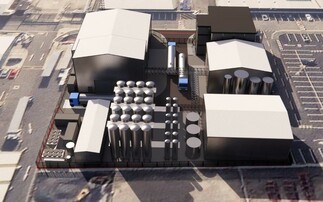HiETA Technologies' mission is to reduce the environmental impact of energy and industrial systems.
The company uses new thermal engineering technologies, inspired and enabled by Metal Additive Manufacturing (MAM), which is often referred to as metal 3-D printing.
With MAM-enabled 3-D design freedoms, the firm calculates that it can reduce the size and weight of the heat exchangers that are crucial components of most energy and industrial systems by as much as 80 per cent.
As such it promises to reduce system costs, size and weight, increase efficiency, and enable development of new emissions-reduction technologies.
HiETA Technologies' specific MAM innovations for components include: more effective geometries and heat transfer surfaces, and conformable packaging for heat exchangers and other heat and mass transfer components; and cooled and light-weighted rotating components for micro-turbines and high speed electric motors.
For systems, MAM aims to enable integration of traditionally separated heat exchangers and other components in single MAM builds (for example, all hot static components of an ultra-high efficiency, lightweight micro-turbine).
The company says that in order to ensure viable large scale production costs it also aims to innovate in the MAM supply chain by optimising CAD and machine code data handling, MAM processes for heat exchangers' very thin walls, and post-MAM process operations such as powder handling and removal, that can present unexpected technical and cost challenges.








